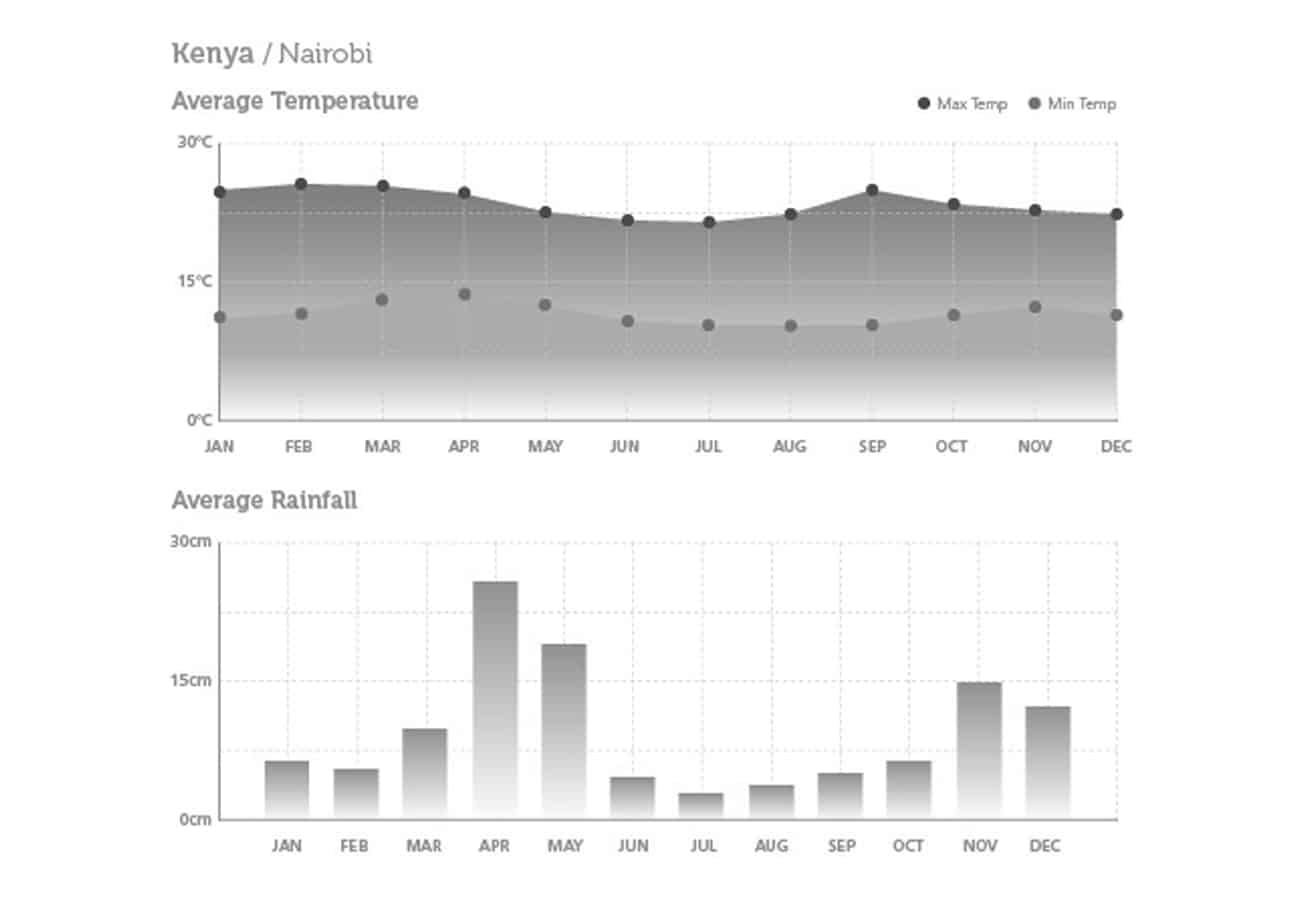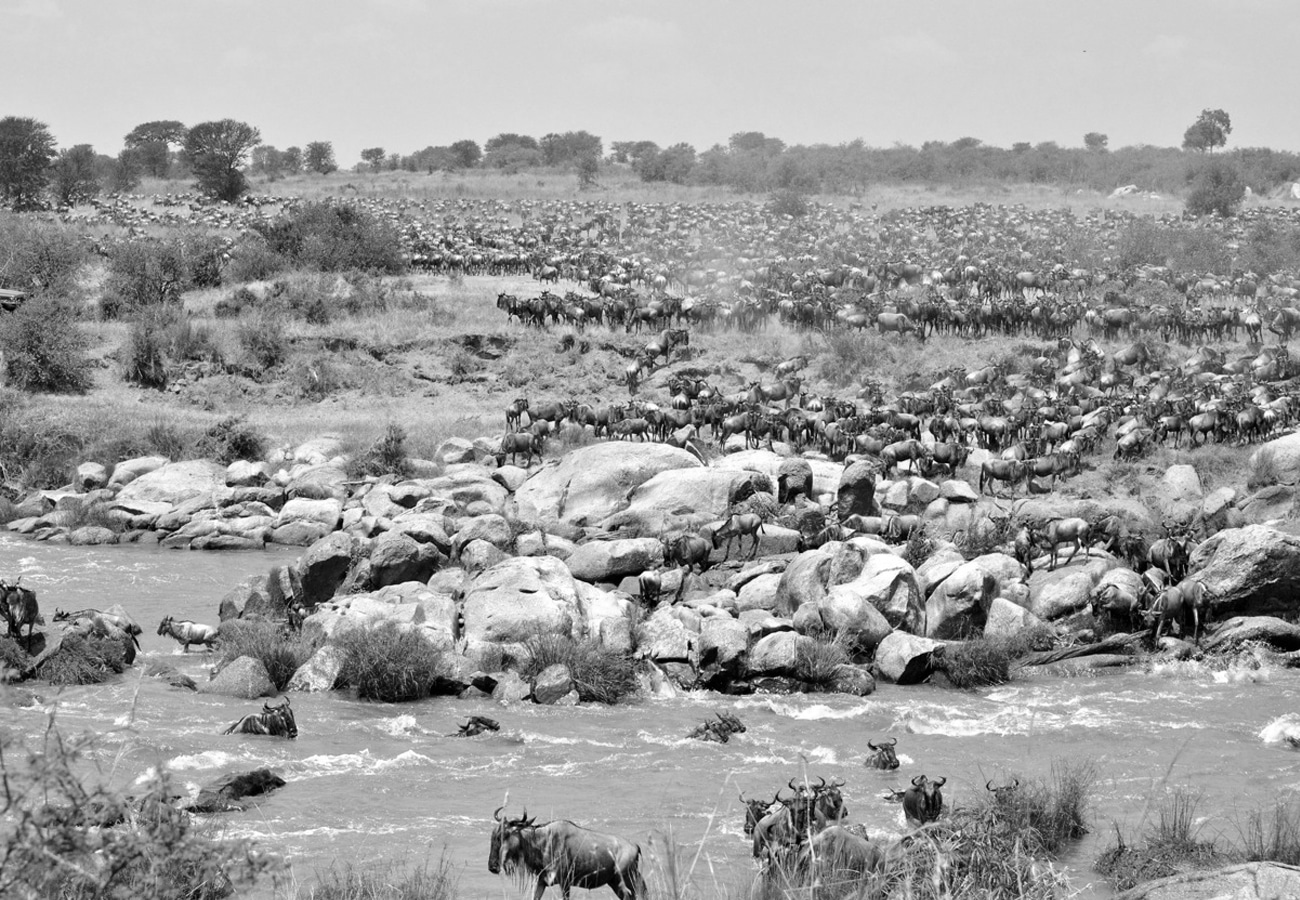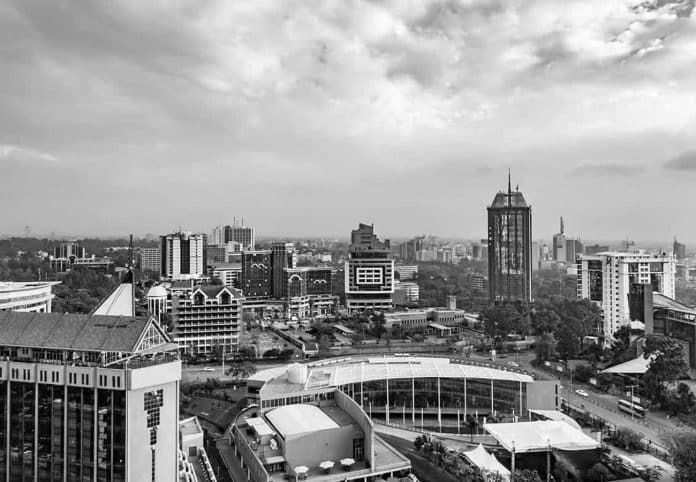Unlocking the Magic: Discover the Best Month to Visit Kenya and Tanzania
Embarking on a safari in Kenya and Tanzania is a dream come true for wildlife enthusiasts and adventure seekers alike. These East African countries boast world-renowned national parks and reserves, such as the Serengeti, Masai Mara, and Ngorongoro Crater. However, when it comes to planning your trip, knowing the best month to visit Kenya and Tanzania is everything.
By understanding the different seasons, weather patterns, and wildlife migrations, you can optimize your safari experience and witness unforgettable moments. We will delve into each month, highlighting the unique opportunities and challenges that await you. From witnessing the Great Migration to enjoying optimal game viewing, this guide will help you choose the best month to visit Kenya and Tanzania.
Factors to Consider When Choosing the Best Month to Visit
When planning your safari adventure, there are several factors to consider in order to choose the best month to visit Kenya and Tanzania. These factors include weather patterns, peak tourist seasons, off-peak seasons, wildlife migration, cultural events, and recommended months for specific activities such as safari, trekking, and beach vacations.
Weather Patterns in Kenya and Tanzania

Kenya and Tanzania experience different weather patterns throughout the year. From December to March, it is the hot and dry season, while April to June is the long rainy season. The short rainy season occurs from November to December. The best time to visit is during the dry season when the weather is pleasant, and wildlife is easier to spot. However, it’s important to note that the weather can be unpredictable, so packing appropriate clothing is essential.
Peak Tourist Seasons in Kenya and Tanzania
The best month to visit Kenya and Tanzania are the peak tourist seasons when the number of visitors is at its highest. In Kenya, the peak seasons are from July to October and December to January. These months coincide with the Great Migration, where millions of wildebeest and zebras cross the Mara River. In Tanzania, the peak tourist seasons are from June to October and December to February. During these months, the Serengeti and Ngorongoro Crater offer incredible game viewing opportunities.
Off-Peak Seasons and Their Advantages
While the peak tourist seasons offer incredible wildlife experiences, the off-peak seasons shouldn’t be overlooked. From April to May and November to December, Kenya and Tanzania experience fewer visitors. This means you can enjoy more secluded game drives, discounted rates on accommodations, and a more personalized safari experience. Additionally, the landscapes are lush and green during the rainy seasons, creating beautiful photo opportunities.
Wildlife Migration and Its Impact on Tourism
One of the main highlights of visiting Kenya and Tanzania is witnessing the Great Migration. This annual natural phenomenon sees millions of wildebeest and zebras trekking across the plains in search of greener pastures. The best month to visit Kenya and Tanzania for the migration is between July and October. One of the highlights of this migration is the very dramatic river crossings. Planning your visit during this time will allow you to witness this awe-inspiring spectacle.

Cultural Events and Festivals
Kenya and Tanzania are rich in cultural heritage, and visiting during cultural events and festivals can provide a deeper understanding of the local traditions and customs. For example, in Kenya, the Maasai Mara Cultural Festival takes place in August and showcases the vibrant Maasai culture through traditional dances, music, and crafts. In Tanzania, the Bagamoyo Arts Festival in September celebrates the country’s artistic talent with music, dance, and theater performances.
Recommended Months for Specific Activities
Depending on your interests, certain months are better suited for specific activities in Kenya and Tanzania. For an optimal safari experience, the best month to visit Kenya and Tanzania is during the dry season from July to October. The wildlife is concentrated around water sources, making game viewing easier. If trekking is on your agenda, consider visiting Mount Kilimanjaro in January to February or August to September, when the weather conditions are more favorable. Finally, for a beach vacation, the months of December to March offer warm temperatures and clear blue skies along the coastal areas.
Responsible Tourism and Conservation Efforts
When visiting Kenya and Tanzania, it is important to be mindful of responsible tourism practices and support conservation efforts. Many lodges and tour operators in the region prioritize sustainability and contribute to local conservation projects. By choosing eco-friendly accommodations, respecting wildlife and local communities, and minimizing your environmental impact, you can help preserve the natural beauty of these destinations for future generations.
Final Tips for Planning Your Trip
Choosing the best month to visit Kenya and Tanzania depends on your preferences and the experiences you seek. Whether you want to witness the Great Migration, enjoy optimal game viewing, or immerse yourself in the local culture, there is a perfect time for every traveler. Remember to consider the weather patterns, peak tourist seasons, and off-peak advantages when planning your trip. By being well-informed and making responsible choices, you can unlock the magic of East Africa and embark on an unforgettable safari adventure.
Start planning your journey today and get ready to create memories that will last a lifetime.
































